In my door-to-door with the registered voters, I’ve encountered some trepidation about West Urbana. Where do I stand?
At first, I couldn’t grasp that a person could be anti-preservationist. But I guess where money is involved, anything can happen. Even profiteering from human misery. We’ve seen it in war profiteering. We’ve seen it in the sex slavery of children. If there’s money to be made, people sacrifice principles.
In the West Urbana neighborhood, the concern is that out-of-town developers will buy nice old houses, bulldoze them, and replace them with ugly apartment buildings. The developers don’t have to live next to their shitholes, so they don’t care how shitholey they look.
It’s not an unfounded neurosis among the residents. It’s been going on for decades. The 500 block of West Elm street disappeared within my lifetime.
In answering the question of where I stand, I’d like to break it down into simple concepts:
This is pretty:
And this is ugly:
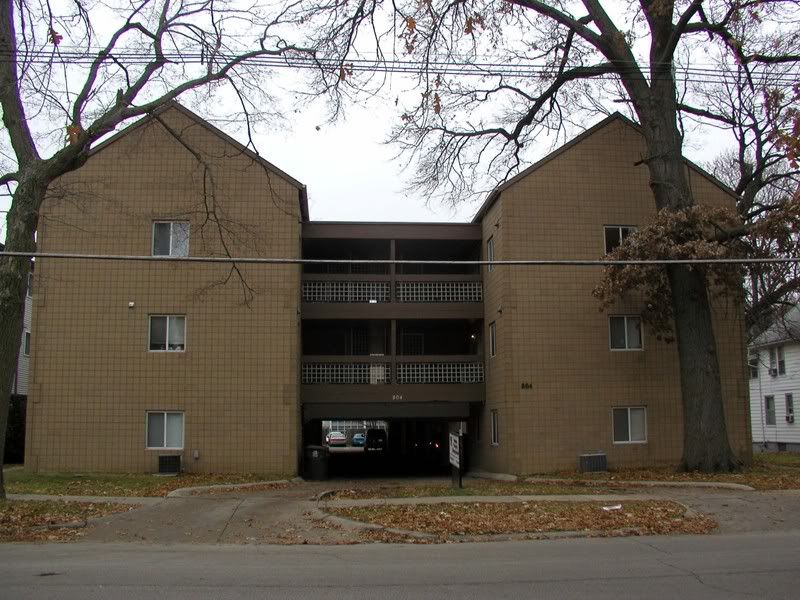
This is also ugly:
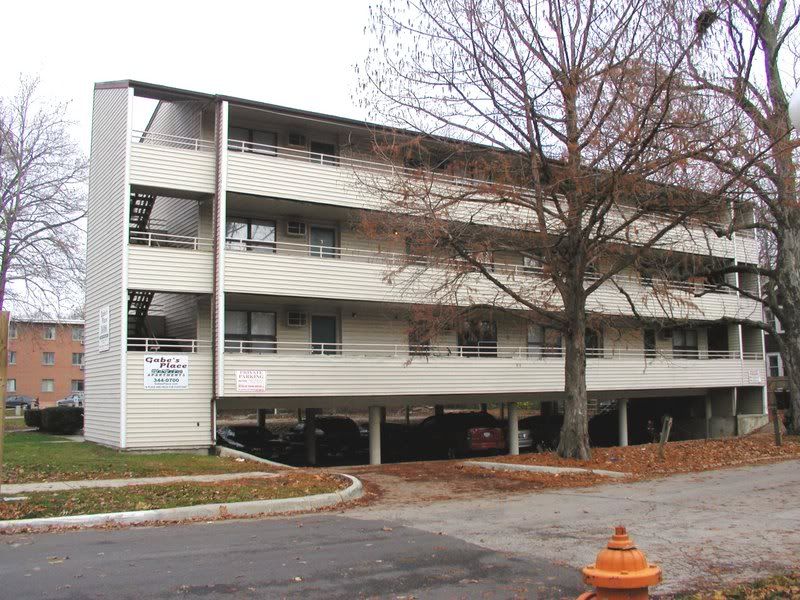
And this is pretty:

These pictures come straight from the Lincoln-Busey Planning guidelines (LBC).
It intrigued me that the last house is pictured. You’ll notice it was for sale when the photographer happened by. You can also see, to the left, the driveway where I played hours of basketball, when the Pearsons lived there. But it’s the right side of this picture, the newish wooden fence, that’s super interesting to me.
It was on the other side of that fence that I witnessed, just a year or so ago, a group of drunken undergrads ingiting M-80s at 3 a.m. in the morning. I was out for a run. I heard the first report from Carle Park.
No wonder the house was for sale.
And to think that the offending residence was once the home of Urbana’s city attorney. But that’s what happens when vested owners become transient renters.
Why the hell should they care what their neighbors think? They’ll be outta there in June!
I’ve also met some grown-up people who don’t like WUNA. They don’t live in West Urbana. They live in quiet, secluded parts of Urbana, away from the kiddoes.
They rarely step outside on bright spring mornings to discover a houseful of discarded furniture, and buckets of trash, in the parkway. They don’t discover passed-out undergrads on their lawns, or in their basements.
When contemplating the attitudes of these non-West Urbana people, I consider their response to WUNA. I liken them to the member of the Urbana City Council who voted against the LBC. She lives in a neighborhood where covenants answer all design questions. Covenants also dictate shrubbery. Covenants restrict political signs in yards. Covenants mandate what types of grass can be grown in those yards, and how high.
West Urbana is not governed by covenants. The people must petition elected bodies to decide how lives will be led. Just like in the movies.
—
WUNA gets a bad rap. Critics call them closed-minded, dictatorial.
WUNA people have a tough time handling criticisms about overlording precisely because they aren’t closed-minded. They’re thoughtful people, and often pensive. In some cases, even brooding. They spend an inordinate amount of time contemplating whether their ability to sleep should constrain your self-expression. (Hint: If they really were totalitarians, they’d have had all you lazy hippies shot a long time ago.)
After a few decades of quietly lamenting the decline to each other, they finally banded together and said “enough.” Whence comes all the recent governing of their patch. And what’s more democratic than governing — as a group of like minded, concerned citizens — one’s patch?
From this determined grassroots activism sprung the LBC. It’s one of various blight-cessation tools. Others have to do with noise control, parking and zoning. (Noise is great. Parking lots are great. Huge crowds of people are great. And all of them are most popular when they’re not in one’s backyard, literally.)
AYN RAND ROLLS OVER IN HER GRAVE
It may be that the apartments deemed “ugly” by the LBC authors will be seen as beautiful by others. But the people who live near them now don’t like them. My parents still lament a house at the corner of Busey and Illinois, which hasn’t been there for 40 years.
Local Libertarian Party head Dianna Visek (likely a frequent mention in my columns, because she’s so thought-provoking) argues against any kind of architectural restriction, saying it prevents progress in design. She specifically mentioned that neat building at the southeast corner of Carle Park. Would that have been built with the city watching?
Well, yes. It would. There’s a similar really neat house going up on Vermont right now.
Dianna said she felt a chill in her spine when an elected member of city government assured her that the LBC was not intended to prevent interesting architecture. She perceived the remark, I gather, as a eugenicist approach to neighborhood planning. And I think that’s a fair way of perceiving it.
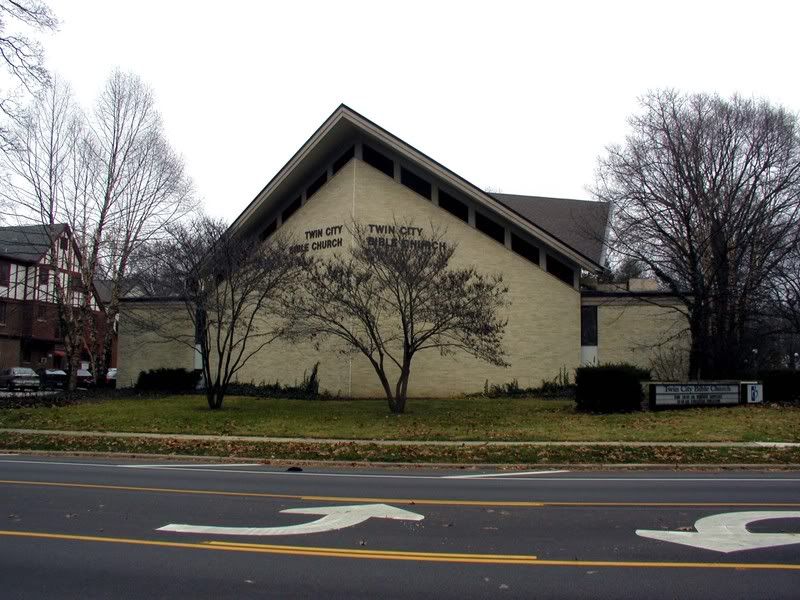
The Batcave, as we called it when I attended Toddler’s Campus (circa 1975) is the kind of weird architecture which would meet with approval, because it looks neat, and isn’t made of sticks and glue.
The LBC is not objective. It doesn’t intend, or pretend, to be objective.
On the other hand, it’s not dictatorial. Any design might be approved. The guidelines exist mostly to warn fly-by-night developers against vomiting up a pile of pre-fab, and calling it architecture.
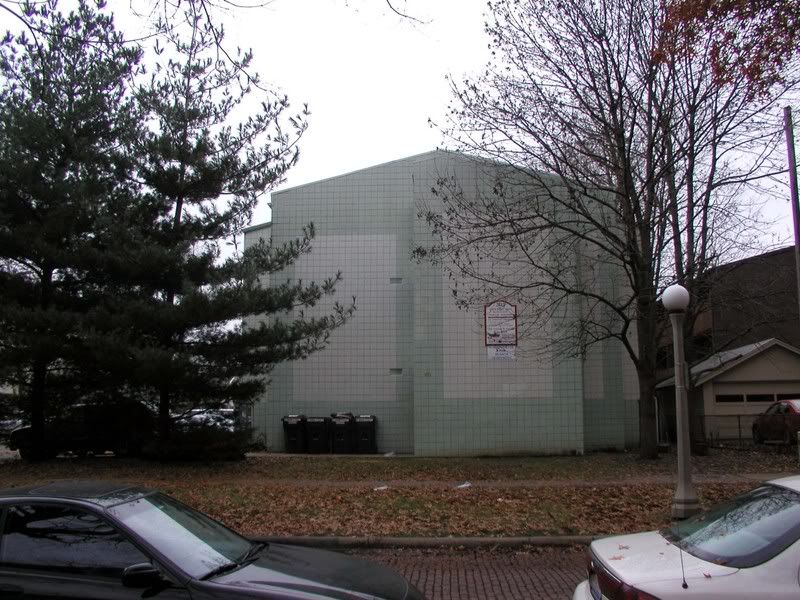
Vomit.
The guidelines exist to provide a pretense. They say “run this by us before you start pouring concrete.” The whole concept affords a legal fiction to the gatekeepers. The guidelines provide a legal basis from which to refuse a building permit, or a demolition permit. You don’t have to design to match the specs. You just have to design.
Furthermore, Urbana’s zoning ordinances don’t prohibit multi-person dwellings. WUNA seeks only to restrict multi-person dwellings in its backyard. Frankly, Urbana absolutely needs housing for transients. 42,000 of them live here. For WUNA, it’s simply a NIMBY issue.
But it also concerns the yards down the street. The aesthetes and feng shui enthusiasts correctly recognize their improved breathing in the presence of Great Architecture. It’s the reason we all love the Quad.
It’s possible to design and construct multi-person buildings that don’t beat down one’s sense of grandeur.
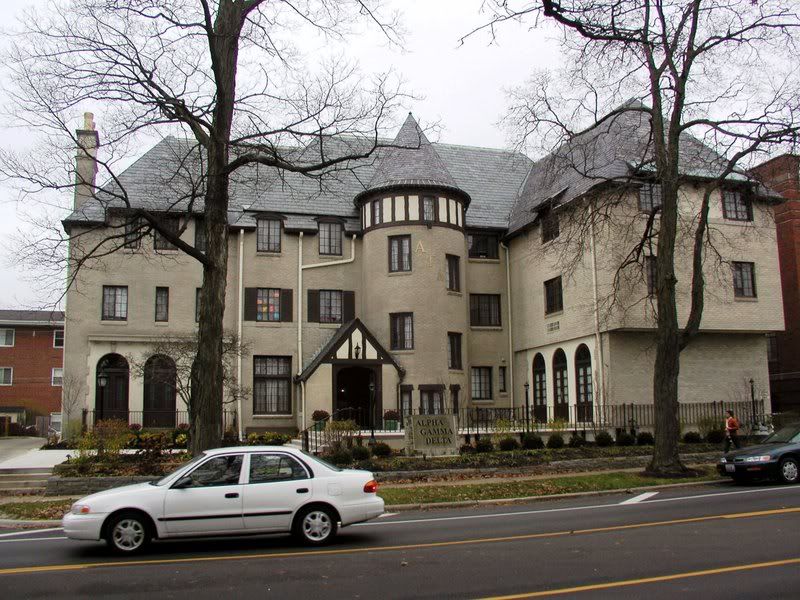
Tolerable multi-unit dwellings can even be built within our lifetimes.
In fact, no architectural theme is needed to make a neighborhood beautiful. Incongruities complement each other, so long as all the parts are good.
Check out Pleasant Street next time you’re at Blair Park. It’s a fantastic row of beautiful homes, featuring a variety of styles. Around the corner, you find the same thing on Montclair Road, which is also Urbana’s hill.
Asymmetry is important. I like the Savannah Green development in east Urbana, because the houses purposely do not look alike. I also like that the garages are in the back, so passersby and visitors aren’t met by a solid wall of impersonal garage doors.
Yes, I’m aware that “I like” is a subjective way to begin a sentence. That’s okay with me. We had a few decades of removing the individual, the ego from discussion. I say bring it back. We are only as capable, as reliable as our perception. The important thing is to have an informed perception.
Maybe Ayn Rand isn’t rolling over after all.








